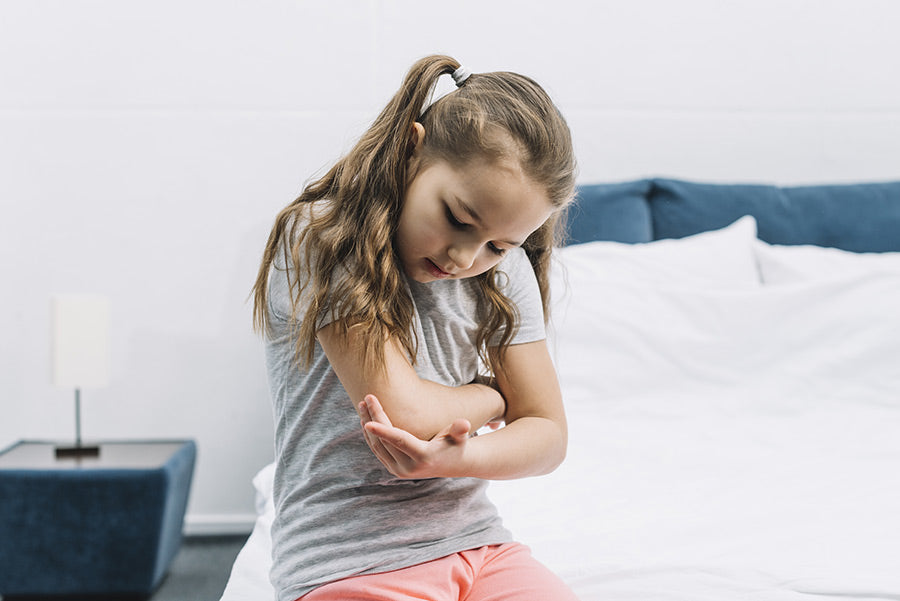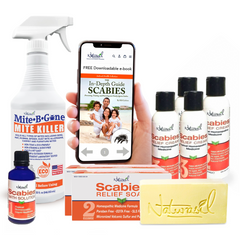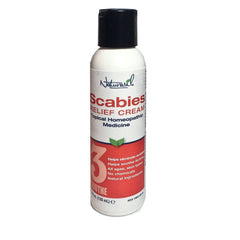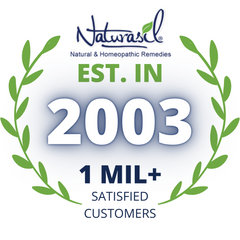Introduction
Scabies, a skin infestation caused by the tiny mite Sarcoptes scabiei, pose a significant health concern, especially in children. An intense itching and a pimple-like skin rash characterize an infestation. Globally, Scabies affects millions of people, including children of all ages. Its prevalence in pediatric populations underscores the necessity of comprehensive knowledge about its diagnosis, treatment, and prevention. This article aims to provide an informative guide for caregivers and healthcare professionals, emphasizing the unique aspects of Scabies in children. Early recognition and management are crucial in mitigating its impact on the young, ensuring their well-being and comfort.
Understanding Scabies
Scabies is an infestation caused by the microscopic mite Sarcoptes scabiei var. hominis. These mites burrow into the top layer of the skin, where they live and lay eggs. Scabies often presents as small red bumps and blisters in children. These typically appear in areas such as the wrists, elbows, armpits, and between the fingers. Infants may also show signs on their head and neck. The hallmark symptom is severe itching, which tends to worsen at night.
Children are more susceptible due to their close physical contact and less developed immune systems. The itching results from an allergic reaction to the mites, their eggs, and waste, which can take four to six weeks to develop after the initial infestation. This delayed onset complicates early detection, as the child may have unknowingly spread the mites. Understanding these specifics about Scabies in children is crucial for timely and effective management.
Diagnosis of Scabies in Children
Diagnosing Scabies in children requires a careful and thorough approach due to the similarity of its symptoms with other skin conditions. Pediatricians and dermatologists typically start with a detailed physical examination, focusing on common infestation sites like the wrists, elbows, and between the fingers. Infants may also show signs on the head and neck.

A definitive diagnosis often involves a skin scraping test. This test collects skin samples from affected areas. The examiner then uses a microscope to examine the sample for the presence of mites, eggs, or fecal matter (scybala). However, this method can be challenging in young children due to the difficulty in obtaining adequate samples without causing discomfort.
Another diagnostic tool includes the use of dermoscopy. This non-invasive technique allows for a magnified view of the skin's surface, helping to identify the burrows created by the mites.
Since Scabies can be easily mistaken for other skin conditions like eczema or dermatitis, especially in children, carefully reviewing the child's medical history and the itching pattern (often intensifying at night) is crucial in forming an accurate diagnosis.
Treatment Strategies
The cornerstone of scabies treatment in children is topical medications. Due to its safety and efficacy, permethrin cream (5%) is widely recommended as the first-line treatment. It is applied over the entire body, often requiring a second application a week later. Take care to include the scalp and face for infants and young children, areas typically spared in older patients.
Oral medication like ivermectin may be considered when topical treatments prove unsuitable or ineffective, although it is typically reserved for older children and specific clinical situations.
Managing Itching and Secondary Infections
To alleviate itching, administering antihistamines is important, especially in children, to prevent them from scratching, which can lead to secondary bacterial infections. If such infections occur, doctors prescribe appropriate antibiotics.
Treating the Environment and Close Contacts
An often overlooked but crucial aspect of managing Scabies in children is treating close contacts and family members, even if they are asymptomatic, to prevent re-infestation. Environmental cleaning is also recommended, including washing clothing and bedding in hot water.
Age-Specific Considerations
When treating Scabies in children, age-specific considerations are paramount. For instance, while safe for most, permethrin cream is used cautiously in infants under two months. The healthcare provider will tailor the treatment based on the child's age, weight, and overall health.
Prevention Measures
Effective prevention of Scabies in children involves a comprehensive strategy encompassing diligent care, heightened awareness, and proactive steps in home and community environments.
Enhanced Hygiene Practices
Good hygiene is a cornerstone in preventing scabies. Regular bathing and changing clothes and bed linens can significantly reduce the risk of infestation. Parents should educate their children about the importance of personal hygiene, emphasizing habits like washing hands regularly and avoiding sharing personal items such as clothing, bedding, and towels.
Minimizing Direct Contact
Prolonged skin-to-skin contact primarily spreads Scabies. Educating children on the importance of avoiding direct contact with infected individuals is crucial. Activities encouraging close contact in settings like schools or daycare centers require monitoring, especially during an outbreak.
Vigilant Monitoring in Communal Settings
In communal settings, vigilance is key. Teachers and caregivers should be trained to recognize the early signs of Scabies and to take prompt action. This includes informing parents, seeking medical advice, and, if necessary, temporarily excluding the affected child from group activities to prevent further spread.
Environmental Controls
Maintaining a clean environment is crucial. One can help eliminate mites by regularly cleaning and vacuuming living spaces, washing clothing and bedding at high temperatures, and placing items that cannot be washed in a sealed bag for a few days.
Community Awareness and Education
Raising awareness about Scabies and its prevention in the community is important. Health education campaigns can effectively disseminate information about the condition, its transmission, and preventive measures.
Regular Health Checks
Regular skin checks for children, especially those in high-risk groups or communities where Scabies is prevalent, can facilitate early detection and treatment. Parents and caregivers should be encouraged to seek medical advice if they suspect a scabies infestation.
Complications and Long-term Effects
When Scabies in children is not treated promptly, several complications can arise. The most common is secondary bacterial infection, such as impetigo, caused by scratching that breaks the skin. This can lead to more serious conditions like cellulitis or, in rare cases, systemic infections.
Psychological Impact on Children
The psychological impact of Scabies on children is an important aspect often overlooked. Chronic itching and visible rashes can lead to embarrassment, social stigma, and emotional distress. Children may face bullying or isolation, which can affect their self-esteem and mental health.
The Importance of Follow-Up
Follow-up after treatment is crucial to ensure the infestation is fully eradicated and prevent recurrence. It also allows addressing any ongoing skin issues or psychological impacts.
Long-term Skin Problems
In some cases, prolonged scabies infestation can lead to persistent skin problems like chronic dermatitis or scarring. This underscores the importance of early and effective treatment.
By understanding these potential complications, parents and healthcare providers can take a more proactive approach to treating Scabies and supporting the child's overall well-being.
Role of Parents and Caregivers
Parents and caregivers play a vital role in the early detection of Scabies in children. Awareness of the symptoms, such as intense itching (especially at night) and a rash in specific areas (like between the fingers, wrists, elbows, or knees), can lead to earlier diagnosis and treatment.
Adherence to Treatment
Once a child is diagnosed with Scabies, parents and caregivers must ensure adherence to the treatment regimen prescribed by healthcare professionals. This may include applying topical medications correctly, administering oral medications if prescribed, and following through with repeat applications or doses as needed.
Educating Children on Prevention
Parents and caregivers should also educate children on preventive measures against Scabies. This includes teaching them about personal hygiene, the importance of not sharing personal items, and avoiding close contact with infected individuals.
Monitoring for Re-infestation
After treatment, it is important to monitor the child for signs of re-infestation. Parents should also be vigilant about treating all family members and close contacts and thoroughly cleaning the household to prevent recurrence.
Providing Emotional Support
Dealing with scabies can be distressing for a child. Parents and caregivers should provide emotional support, reassure the child, and help them cope with any discomfort or stigma associated with the condition.
By taking an active and informed role, parents and caregivers can significantly impact the management and prevention of scabies in children, ensuring their swift recovery and minimizing discomfort.
Conclusion
Effectively managing scabies in children requires a combination of prompt diagnosis, proper Scabies Medication, and vigilant prevention strategies. Early recognition of symptoms by parents and caregivers, coupled with a commitment to Treat Scabies comprehensively, is fundamental in ensuring quick recovery. Equally important is the focus on the child's psychological health, addressing any distress caused by the condition. With informed and proactive measures at both individual and community levels, we can significantly mitigate the impact of scabies, fostering healthier and more comfortable lives for children affected by this condition.








